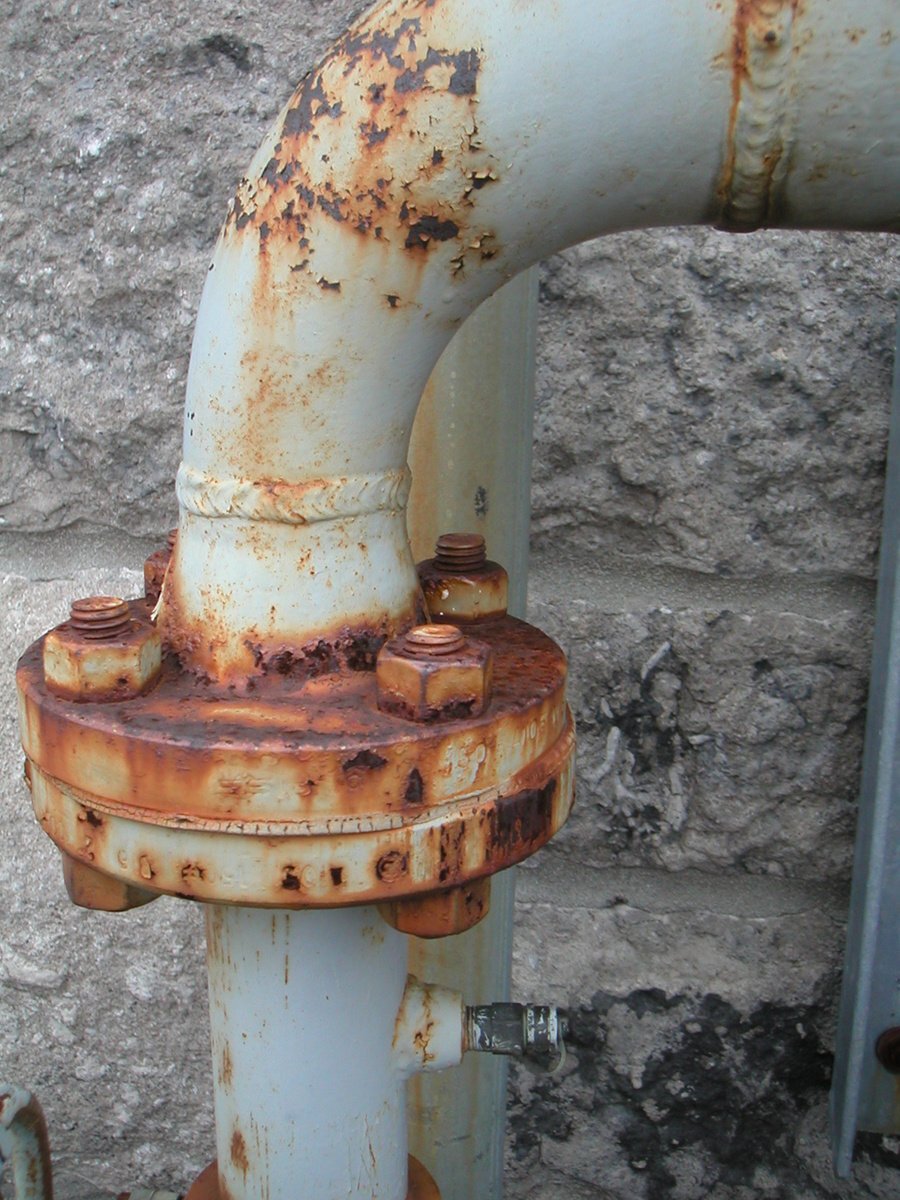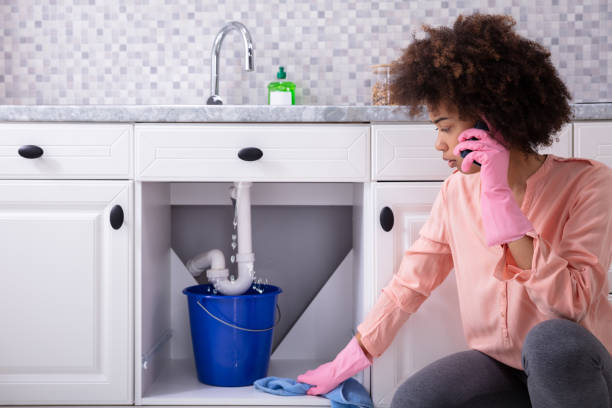How to Solving Plumbing Challenges in Older Homes
How to Solving Plumbing Challenges in Older Homes
Blog Article
What are your concepts on Plumbing Issues in Older Properties and How to Fix Them?

Older homes usually include charm, character, and history, but they can additionally bring a host of pipes problems. Whether you're handling maturing pipes, low water stress, or leakages, recognizing just how to attend to these common troubles is crucial to preserving a secure and useful home. In this guide, we'll check out the typical plumbing difficulties faced by older homes and provide useful remedies to maintain your plumbing in top form.
Comprehending Usual Pipes Issues
Aging Pipelines
One of the most usual issues in older homes is aging pipelines. Depending on the age in which your home was constructed, the pipes could be made from products that have actually degraded over time, such as galvanized steel, cast iron, or even lead. These products can wear away, come to be weak, or create leakages, resulting in water damage and potential health hazards.
Water Quality Testing
Older pipelines can influence the high quality of your water. Conduct a water high quality test to check for impurities such as lead, rust, or other pollutants that might be presented by maturing pipes.
Solutions for Usual Plumbing Problems
Replacing Aging Pipes
If your home has old, weakening pipelines, think about replacing them with modern products like copper or PEX. This can be a considerable investment, yet it will certainly stop future concerns and enhance the safety and security and reliability of your pipes system.
Repairing Low Water Stress
To fix low tide pressure, beginning by cleaning or replacing old fixtures and getting rid of mineral buildup in the pipelines. If the trouble lingers, it might be necessary to change areas of rusty pipes.
Repairing and Changing Dripping Pipes
For small leakages, you can make use of pipeline clamps or epoxy putty as a momentary repair. Nevertheless, it's best to change dripping pipelines entirely to stay clear of more damages.
Upgrading Components
Upgrading old components to modern-day, water-efficient models can enhance your home's plumbing performance and decrease water usage. Seek components with the WaterSense label for the very best effectiveness.
Managing Pipe Corrosion
If your pipelines are rusted, changing them with corrosion-resistant materials like copper, PVC, or PEX is the best remedy. Regular examinations and water quality maintenance can assist protect against further rust.
Low Water Pressure
If you're experiencing low water pressure, it could be due to mineral deposits, rust inside the pipelines, or old fixtures that are no more working effectively. This can be a major inconvenience, specifically in areas like showers and sinks.
Leaking Pipelines
Leakages are one more frequent concern in older homes, often brought on by corroded or damaged pipelines. Even tiny leakages can cause considerable water damages, mold development, and boosted water bills otherwise addressed quickly.
Obsolete Fixtures
Out-of-date plumbing fixtures such as taps, commodes, and showerheads not just look old yet may likewise be much less reliable, prone to leakages, or incompatible with modern-day pipes criteria.
Pipe Corrosion
Corrosion is a common problem in older pipelines, specifically those made from galvanized steel or actors iron. Corroded pipelines can limit water flow, trigger staining, and eventually cause leakages or pipe ruptureds.
Evaluating the Condition of Your Plumbing
Evaluating Visible Pipes
Begin by evaluating any kind of noticeable pipes in your home, such as those in cellars, crawl spaces, or under sinks. Seek indications of rust, leaks, or corrosion, which can suggest underlying concerns.
Looking for Leaks
Check for leaks by evaluating areas around faucets, bathrooms, and under sinks. You can also check your water meter before and after a duration of no water use to identify concealed leaks.
When to Call an Expert
While some pipes issues can be managed with do it yourself solutions, there are times when it's finest to call in an expert. If you're handling significant leaks, extensive deterioration, or are not sure regarding the problem of your pipes, a qualified plumbing professional can provide skilled assessment and fixing.
Preventive Maintenance Tips
Routine Evaluations
Consistently inspect your plumbing system for signs of wear and tear. Catching concerns early can protect against expensive repair services down the line.
Water Pressure Policy
Ensure your water stress is within the suggested variety to stay clear of emphasizing your pipelines and components. A plumbing technician can install a stress regulator if required.
Water High Quality Maintenance
Set up water filters or softeners if your water top quality is poor. This can secure your pipelines and fixtures from damages caused by tough water or contaminants.
Positive Pipeline Replacement
If your home has very old pipelines, take into consideration proactive replacement prior to significant issues occur. This can save you from emergency situation fixings and water damage.
Conclusion
Handling plumbing problems in older homes needs a mix of caution, preventive upkeep, and timely upgrades. By understanding the usual obstacles and knowing when to seek specialist aid, you can guarantee your pipes system continues to be practical and trustworthy for years to find.
Common Plumbing Issues in Older Homes and How to Fix Them
Owning an older home in Australia comes with its unique charm and a set of challenges, especially when it comes to plumbing. The Sunshine Coast has many older properties that can harbour plumbing problems that aren t just inconvenient but potentially costly. Here s a look at some common plumbing issues in older homes and expert advice on how to handle them.
Outdated Piping Materials
Many older homes were built with galvanised steel, cast iron, or even lead pipes, materials that are far from ideal by today s standards. Galvanised pipes are prone to corrosion and clogging, while lead pipes pose serious health risks.
How to Fix:
Replacing old pipes is a job for a professional. Upgrading to copper or PVC piping not only enhances water quality and flow but also increases the property s safety and value. If you suspect your home has outdated materials, a licensed plumber can conduct a thorough inspection and recommend the best course of action.
Corrosion and Pipe Degradation
Over time, exposure to water and minerals can cause pipes to corrode, leading to leaks, bursts, and water contamination. Corrosion is especially common in homes over 50 years old.
How to Fix:
Regular inspections can catch early signs of corrosion. If corrosion is found, the affected section of piping often needs to be replaced. For homes with extensive corrosion, a complete plumbing overhaul might be necessary. It s crucial to consult with a plumbing expert to understand the extent of the issue.
Tree Root Intrusion
Older neighbourhoods usually have mature trees whose roots can intrude into pipe lines, causing blockages or damage. This is particularly problematic for sewer lines, where roots seek out water sources.
How to Fix:
A plumber can use a specialised camera to inspect sewer lines for root intrusion. If roots are a problem, methods like root cutting or hydro-jetting can clear the obstruction. In severe cases, part of the pipe may need replacing. Consider root barriers around the piping to prevent future issues.
Inadequate Water Pressure
Low water pressure in older homes can be due to various factors, including corroded water lines, sediment build-up in pipes, or outdated fixtures.
How to Fix:
First, check if the low pressure is isolated to one area or throughout the house. Replacing old fixtures can sometimes resolve the issue. However, if the problem is more widespread, it might be due to sediment or corrosion. Flushing the system or replacing the affected pipes usually restores normal pressure. Again, a professional assessment is advisable.
Outdated Fixtures
Older homes often feature fixtures that are not only visually dated but functionally inefficient. This includes everything from toilets and taps to showerheads and washing machine hoses.
How to Fix:
Updating these fixtures can improve both water efficiency and the aesthetic appeal of your home. Modern fixtures are designed to conserve water, which can significantly reduce your water bill and lessen your environmental impact.
Conclusion
Maintaining the plumbing in an older home requires a proactive approach. Regular checks and updates are key to preserving these beautiful properties. If you re facing plumbing issues in your older home, it s best to call on experienced professionals like Green & Gold Plumbing & Gas. With the right expertise, even the most daunting plumbing problems can be resolved, ensuring that your home s character is maintained while its functionality is enhanced.
https://gandgplumbing.com.au/common-plumbing-issues-in-older-homes-and-how-to-fix-them/

I have been very fascinated by Plumbing Issues in Older Properties and How to Fix Them and I hope you liked the new post. Please take a moment to distribute this page if you liked it. Thanks so much for going through it.
Schedule Service Now Report this page